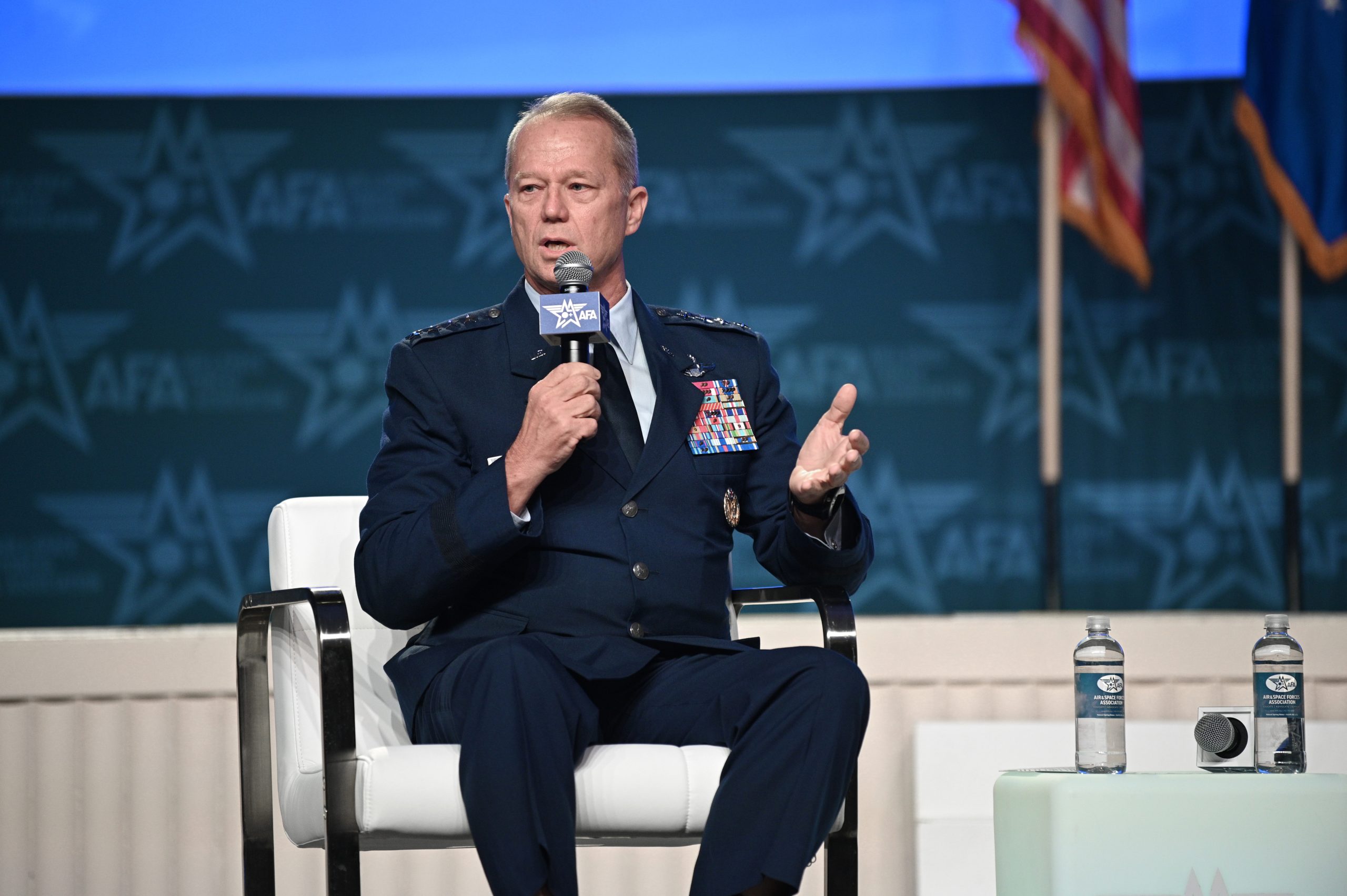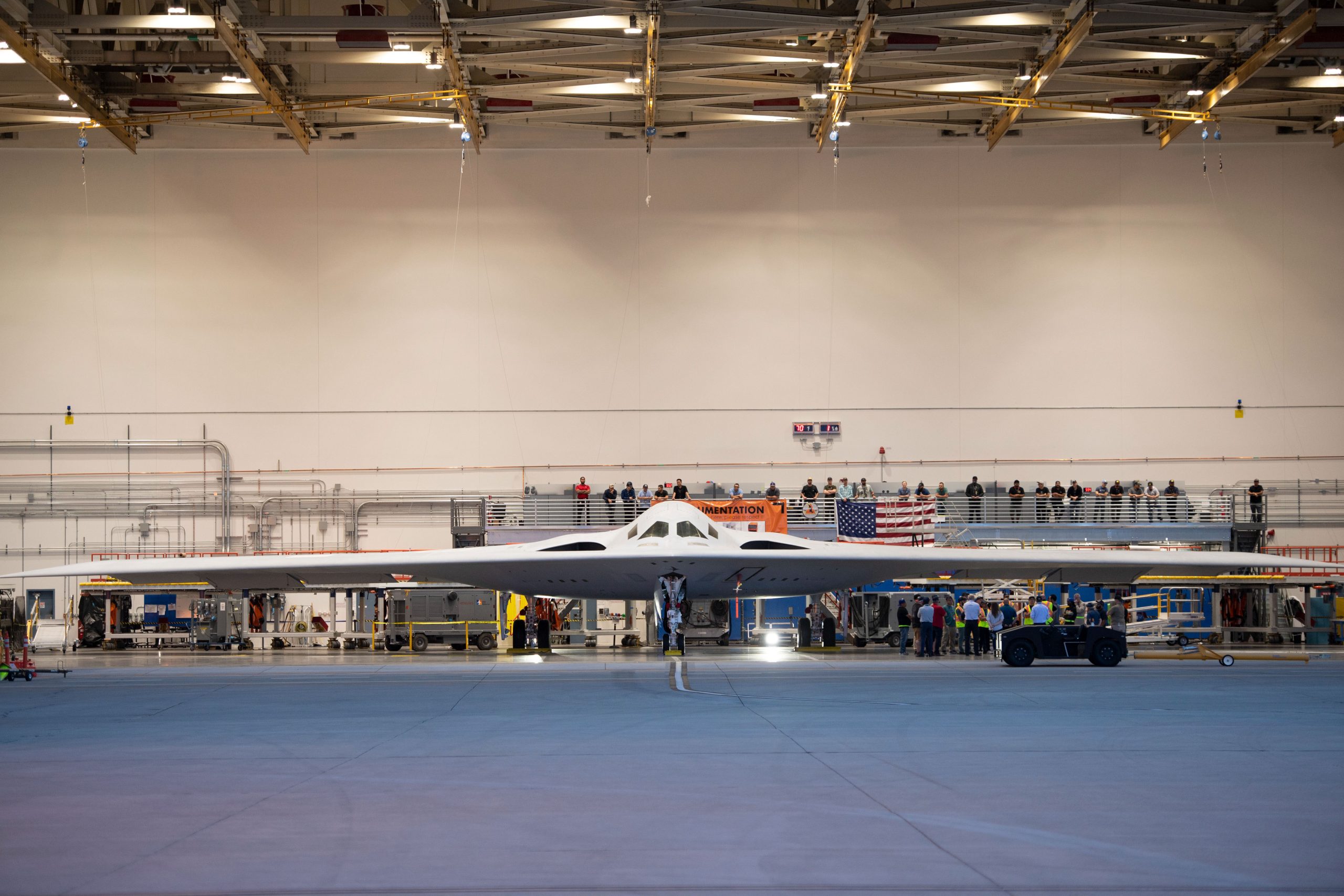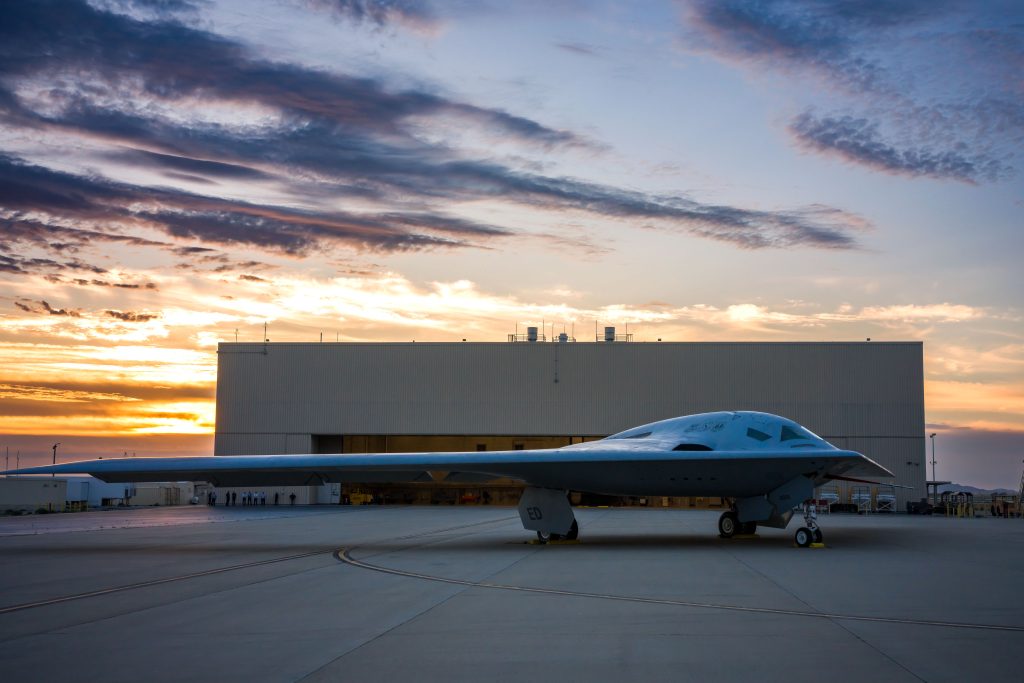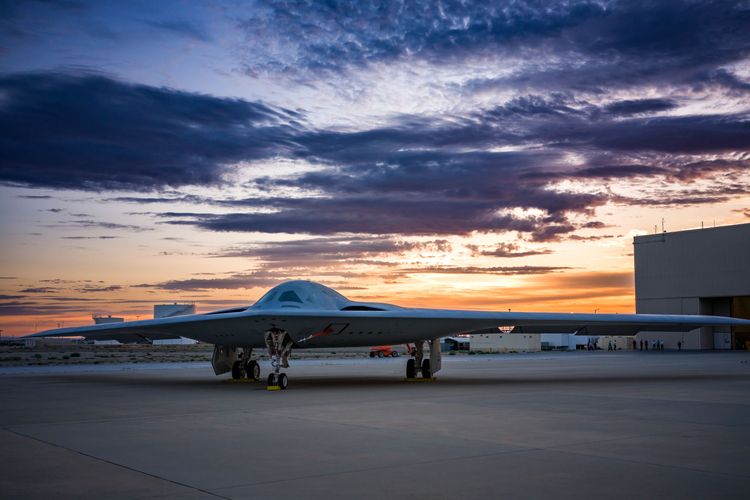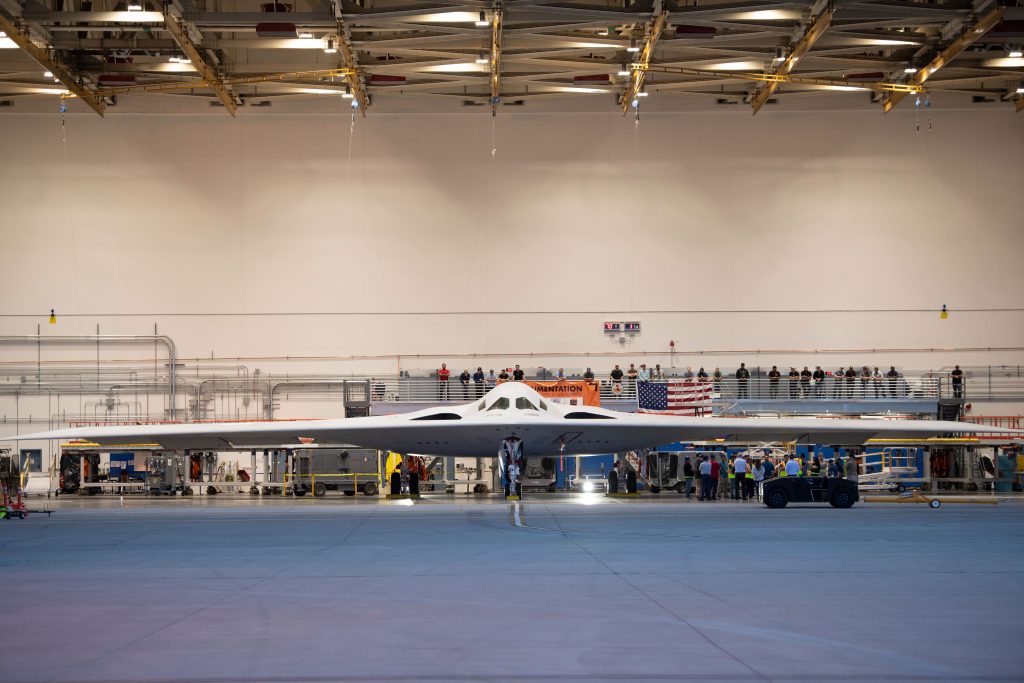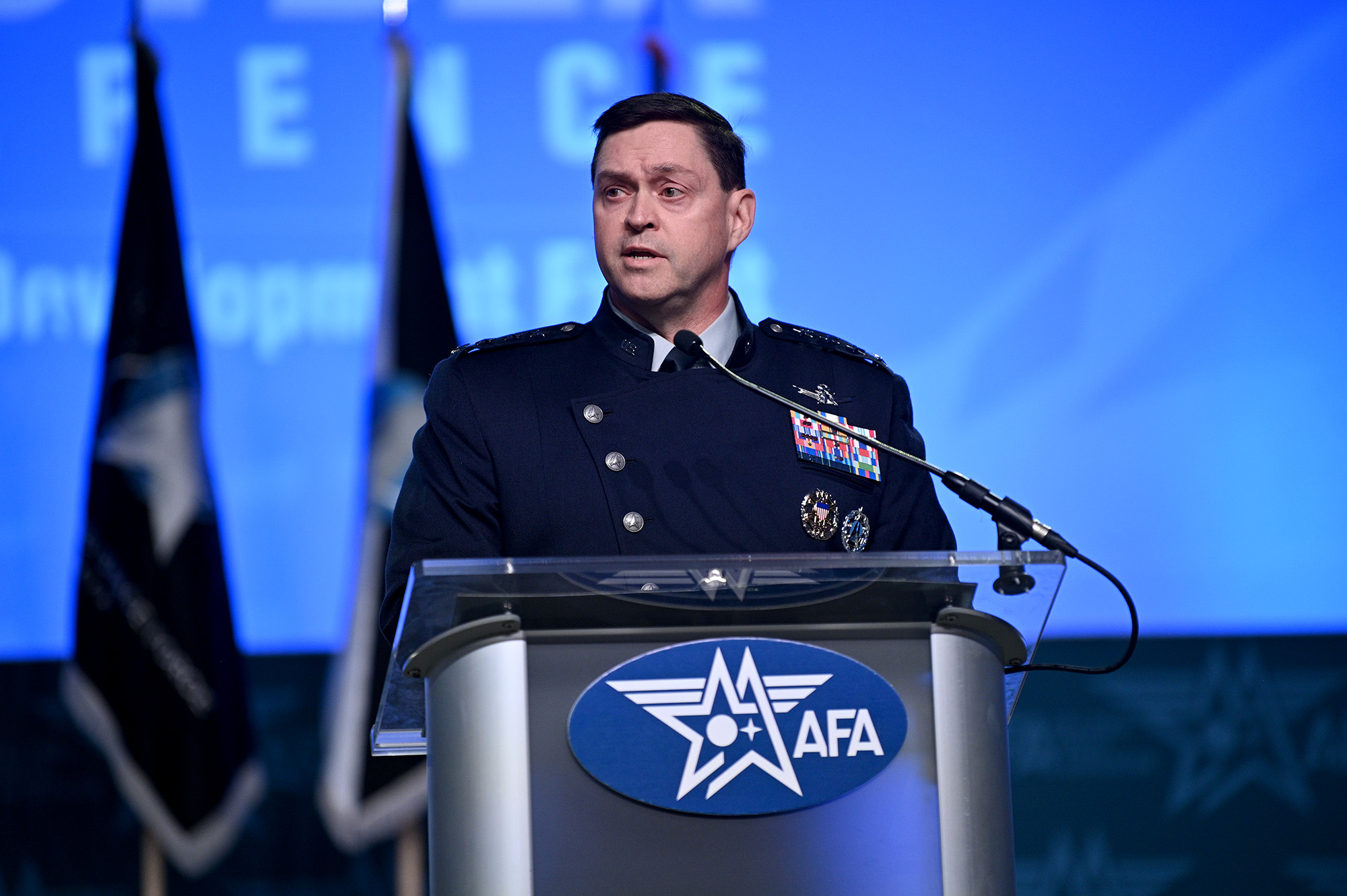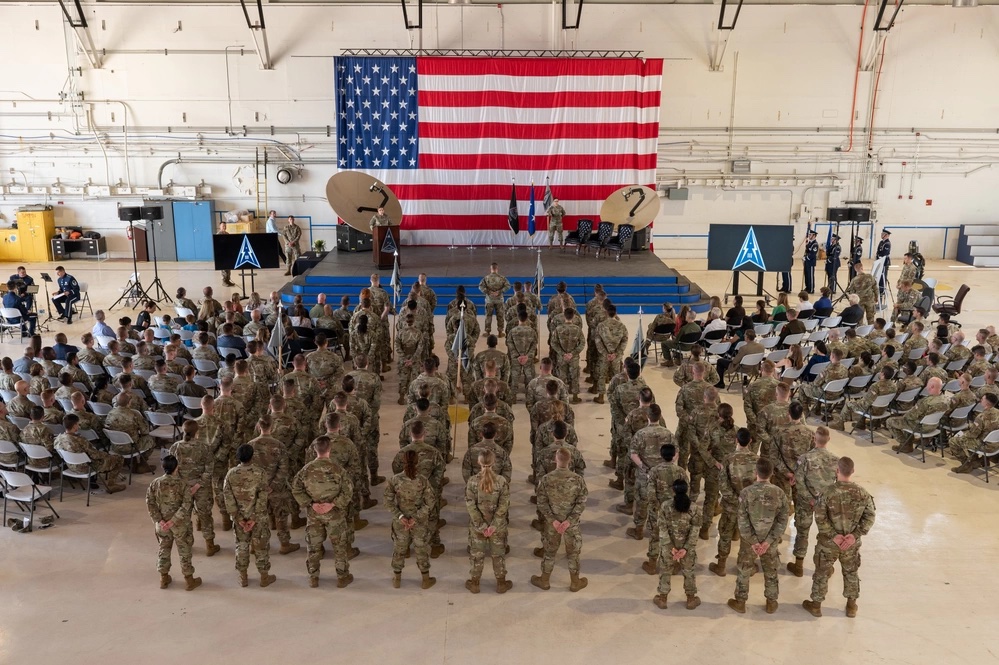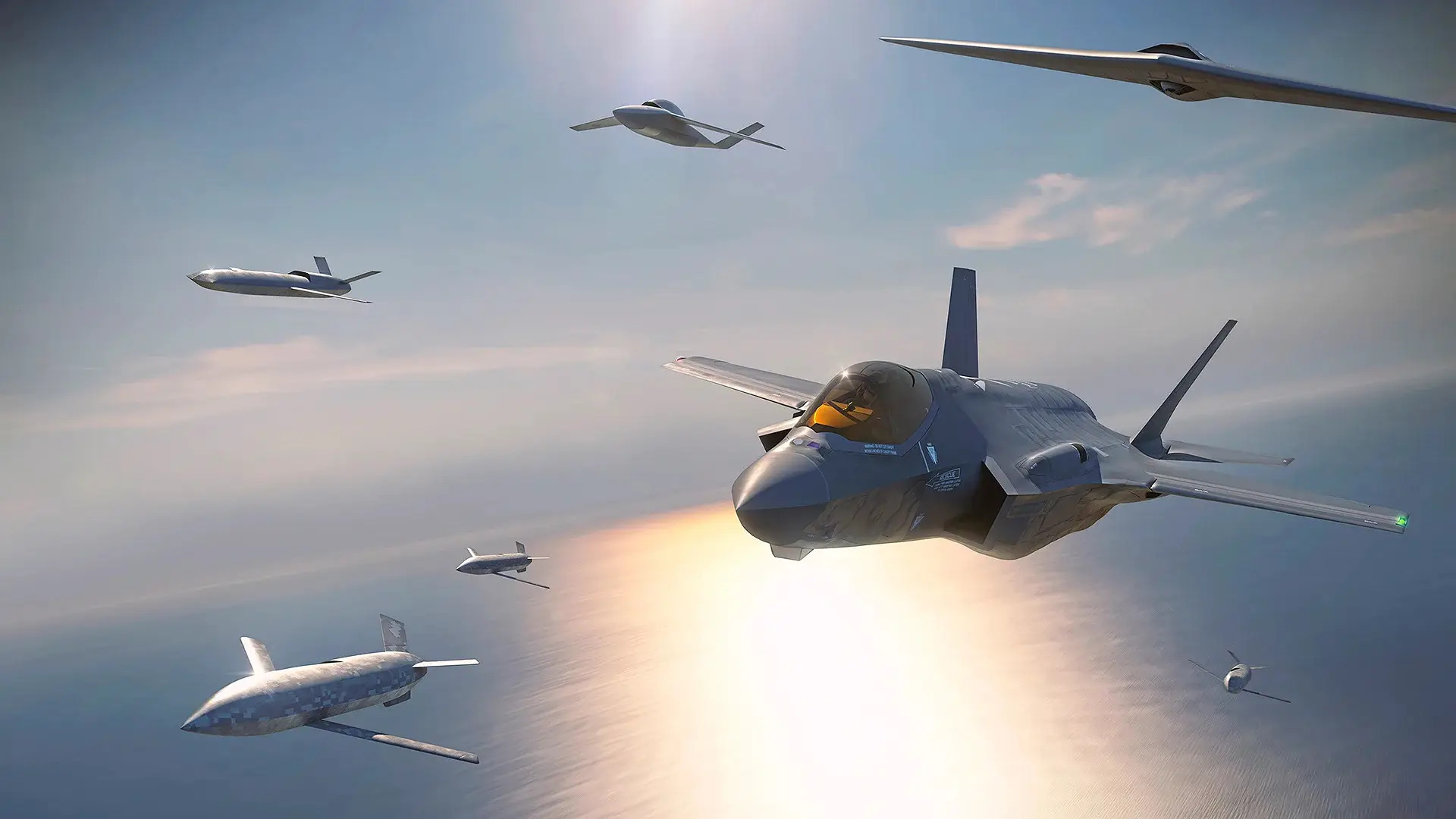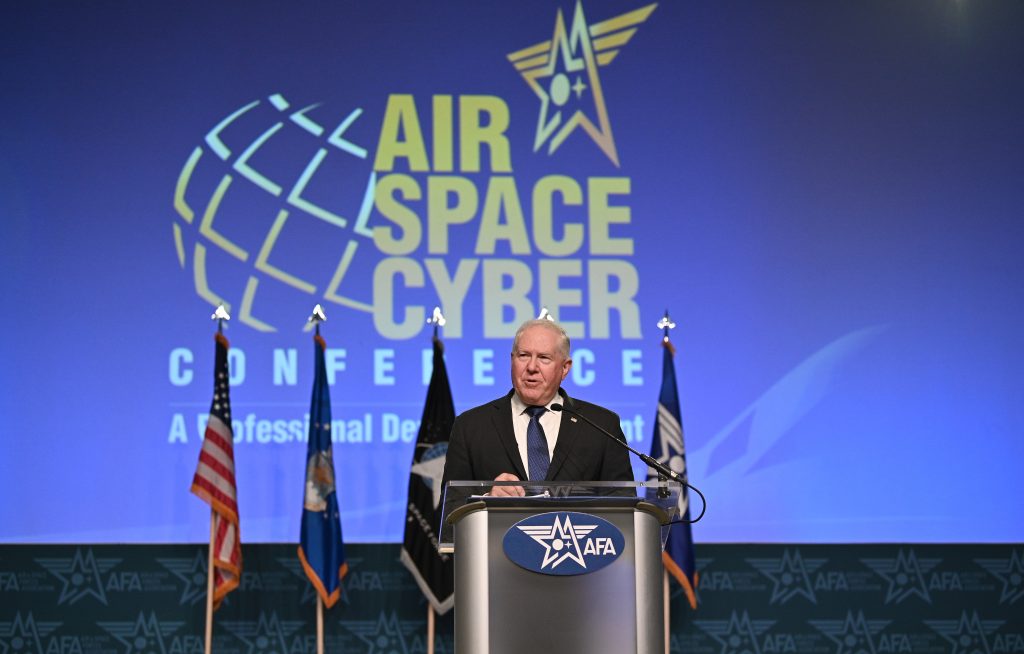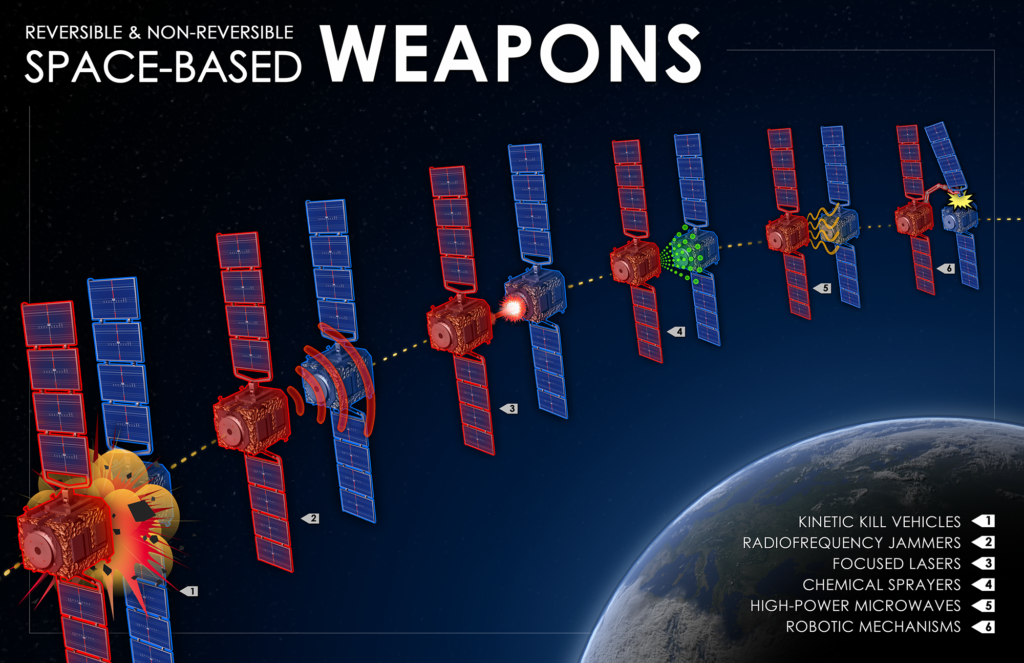Recent upticks in the number of close intercepts of U.S. aircraft by Russian pilots over the Black Sea and Syria—and similar aggressive behavior from Chinese fighters in the Pacific—are an effort to collect information on how the U.S. responds, a top Air Force general said Sept. 12 at AFA’s Air, Space & Cyber Conference
Furthermore, Air Combat Command boss Gen. Mark D. Kelly argued the provocative moves are a sign that those countries’ air forces see the USAF as diminished and their own capabilities improving, he said.
“They want batting practice against the best Air Force in the world,” Kelly said during a panel discussion on air and space superiority.
He later told reporters during a briefing that the Chinese and Russians “want to know, ‘how far can I detect them? … How far can they lock onto me?’”
More broadly, he said, those air forces perceive the U.S. as losing the capacity and capability advantages it once had. Now, he said, they are thinking, “‘maybe this is a time to … give them a run for their money.’”
Five years ago, Kelly said in the panel, “we were not having our fighters interact with Chinese fighters on a routine basis.” The fact that this is happening now “is a direct challenge to the post-World War II, rules-based construct that we all grew up with.”
The key to the Chinese and Russian confidence is the fact that America’s air superiority enterprise is old, Kelly added, noting aircraft and munitions that date back decades:
- The E-3 AWACS, used for command and control and battle management, first flew in 1977
- The EC-130, used for electronic attack, first flew in 1991
- The F-22, for air dominance, first flew in 1997
- The AIM-120 AMRAAM air-to-air missile dates back to the 1980s.
“All of those capabilities or sensors or weapons or platforms are significantly improved and modernized” compared to 25 years ago, Kelly said, and that is “a credit to our Airmen and industry to keep them up to date.”
But at a certain point, Kelly cautioned, “you’ve squeezed the last ounce of combat capability out of our sensors, weapons and platforms.” Many of those systems have passed their planned service life and are either in the process or soon to be retired.
“We need E-7, EC-37, [the Next-Generation Air Dominance fighter], and JATM [the AIM-260 Joint Advanced Tactical Missile] yesterday,” Kelly said.
Kelly noted that he came to the conference directly from the William Tell air-to-air gunnery competition; the first time the fighter meet has been held in nearly 20 years.
Previously, William Tell had been held every year since 1954, “as a direct response to a peer adversary challenging us in air superiority. We had to have it,” Kelly said. “We stopped it 19 years ago because of a perception that we didn’t have a competitor.”
Twenty years ago, “we knew—and the world knew—that if anyone wanted to face off with the United States Air Force in air superiority, there was going to be an axe murder on the other side,” Kelly claimed. “They knew that. Today, they feel they can compete.”
To get back to that dominance, USAF leadership owes its fighter pilots “the highest-end training and reps and sets we can give them, because we also know from high-end exercises and also other studies that not all our Airmen will come back from a peer fight,” Kelly said. Future dogfights will be “a cage match,” he added.
Put simply, the Air Force owes its pilots “an environment where we treat air superiority as if our lives depend on it,” he said.
